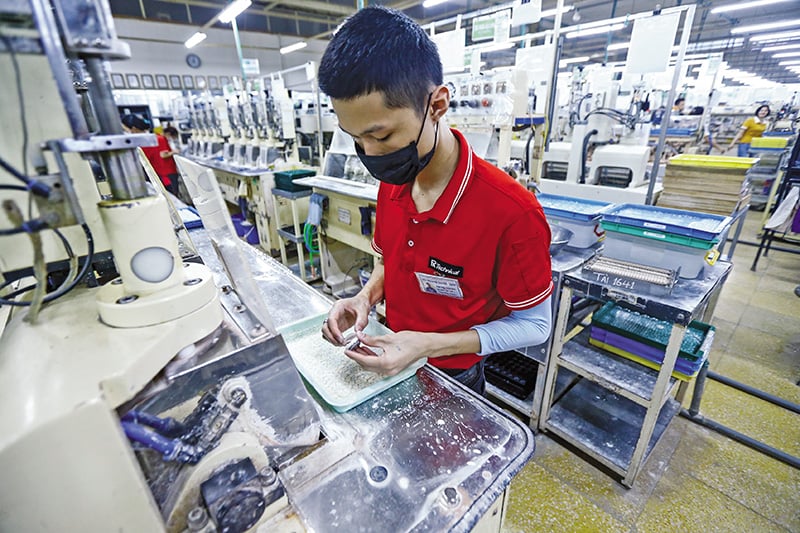 |
| The implementation of the two-tier local government model is a key factor in strengthening foreign investors' confidence. |
Waiting for tariff finalization
There is just over a week left until the Trump administration imposes reciprocal tariffs on imported goods into the US. This deadline, as US Secretary of Commerce Howard Lutnick told CBS News on July 20, is a “hard deadline” and will not be extended.
As that date approaches, the question of whether the US's reciprocal tax policy will affect foreign direct investment (FDI) flows into Vietnam is being raised again.
Speaking at the annual event Connecting Vietnam Industry, organized by IPA Vietnam Company, Mr. Nguyen Dinh Nam, Chairman of the Board of Directors and General Director of IPA Vietnam, mentioned the figure of nearly 9.3 billion USD in newly registered capital, down 9.6% over the same period, as a slowdown in FDI flows.
“Investment flows are focusing on expanding existing projects. The number of new projects is high, but the investment capital is low, showing that the scale of small and medium-sized projects is high. We are lacking 'eagles', there are many 'sparrows' coming in first,” said Mr. Nguyen Dinh Nam.
According to Mr. Nam’s analysis, many investors are still afraid of the US tariff policy, and the trend of shifting investment to “China +1” is also having fluctuations. “Investments are all long-term and therefore, investors will wait until all information is clearer,” Mr. Nam said, adding that these things may affect the flow of FDI moving into Vietnam.
Sharing the same view, Mr. Bok Dug Gyou, Head of Korea Desk at the Trade Promotion Agency and Deputy Director of KOTRA in Hanoi , mentioned the recent slowing trend of investment flows from Korea to Vietnam and said that the cause was partly due to the US tariff policy.
“Korean businesses are still waiting for the beginning of August, when the parties finish discussing and finalizing the tax rate with the US. All countries are waiting for this,” said Mr. Bok Dug Gyou.
The Foreign Investment Agency ( Ministry of Finance ), in its report on foreign investment attraction in the first 6 months of 2025, although emphasizing that foreign investors' confidence in Vietnam is increasing, thereby causing a sharp increase in registered FDI inflows into Vietnam, also mentioned "some geopolitical and policy risks still exist".
According to the Foreign Investment Agency, although the US-China trade tensions have shown signs of cooling down, the US's reciprocal tax policies could create "concern among the international investor community". And this could be one of the reasons why a segment of foreign investors are more cautious in the disbursement process, especially with large-scale, long-term projects.
Overcome difficulties to accelerate
Although he is concerned about the impacts of the US tariff policy, Mr. Nguyen Dinh Nam is quite optimistic, saying that although the US tariff policy is putting pressure on the global market and many countries, for Vietnam, if it negotiates well with the US, it will be an opportunity to attract high-quality investment flows.
“The growth rate of FDI inflows may not be high in the next 6 months, but by 2026, the situation will be more positive, especially when the Government is making great efforts to promote foreign investment and when new administrative units are operating stably,” Mr. Nam said, emphasizing the positive signal when Vietnam and the US are both encouraging foreign investors to bring supply chains to Vietnam.
 In fact, amid the “tariff storm”, FDI flows into Vietnam still accelerated strongly, reaching over 21.5 billion USD in 6 months, up 32.6% over the same period last year; and disbursed capital is estimated at about 11.72 billion USD, up 8.1% over the same period. This is considered a bright spot of the economy.
In fact, amid the “tariff storm”, FDI flows into Vietnam still accelerated strongly, reaching over 21.5 billion USD in 6 months, up 32.6% over the same period last year; and disbursed capital is estimated at about 11.72 billion USD, up 8.1% over the same period. This is considered a bright spot of the economy. 
In a report released in early July 2025, VinaCapital affirmed that as long as the tax imposed on Vietnamese goods is not 10% higher than that of other countries, Vietnam will still strongly attract FDI.
FDI flows will certainly be stronger after the restructuring of administrative units takes effect. According to the Foreign Investment Agency, Vietnam's implementation of the two-tier local government model not only serves the needs of socio-economic development, but is also a "key factor" in strengthening the confidence of foreign investors, creating expectations for extensive administrative reform and a more open investment environment in the coming time.
Continuing to reform the investment and business environment, having more policies to train skilled technical human resources, having policies to attract both small and medium investors, as well as promoting the development of supporting industries and attracting selective investment... are the recommendations that Mr. Bok Dug Gyou gave to Vietnam, to attract more FDI from Korean investors.
“We need to draw maps of the value chain to know where our weaknesses are, and then promote and fill these weaknesses,” said Mr. Bok Dug Gyou, adding that the Vietnamese Government also needs to encourage foreign investors to develop supporting industries in Vietnam.
Mr. Bok Dug Gyou also said that when he met some Korean investors, they said they had difficulty finding highly skilled human resources and supply chains in Vietnam.
Making the localization rate transparent, controlling input material sources well, diversifying input material import sources, and making efforts to form a supply chain for the supporting industry to gradually replace imported goods..., according to Mr. Nguyen Dinh Nam, are also ways for Vietnam to avoid the impacts of the US tariff policy.
Source: https://baodautu.vn/von-fdi-cho-chot-thue-quan-de-tang-toc-d338277.html






![[Photo] "Ship graveyard" on Xuan Dai Bay](https://vphoto.vietnam.vn/thumb/1200x675/vietnam/resource/IMAGE/2025/11/08/1762577162805_ndo_br_tb5-jpg.webp)





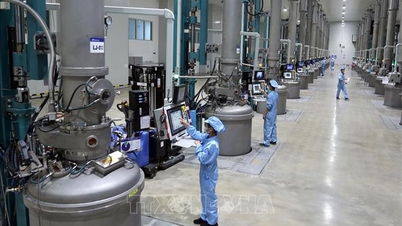



















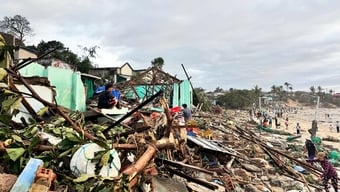
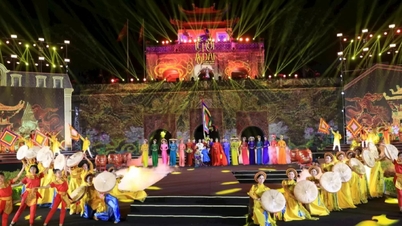
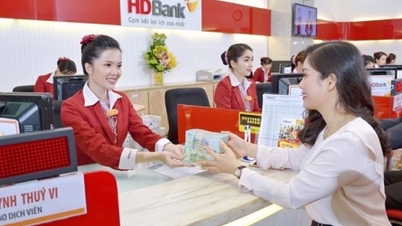

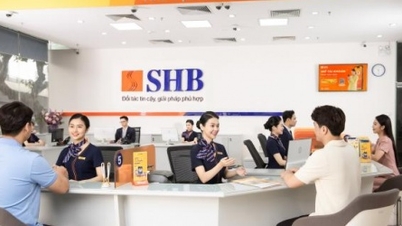
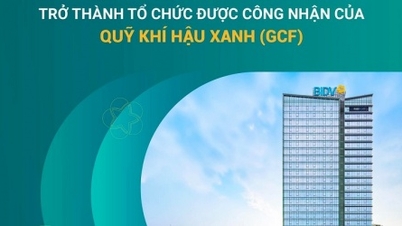
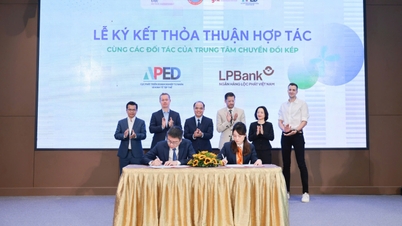



![[Video] Hue Monuments reopen to welcome visitors](https://vphoto.vietnam.vn/thumb/402x226/vietnam/resource/IMAGE/2025/11/05/1762301089171_dung01-05-43-09still013-jpg.webp)


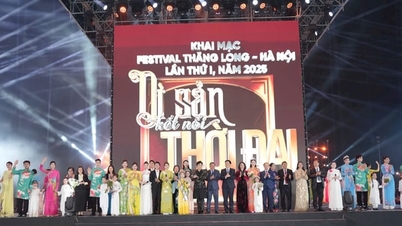


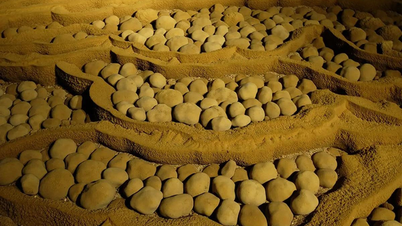



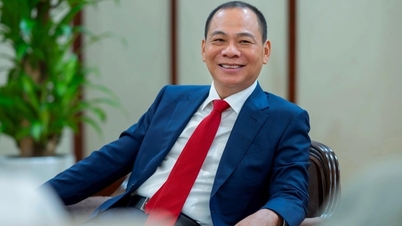




























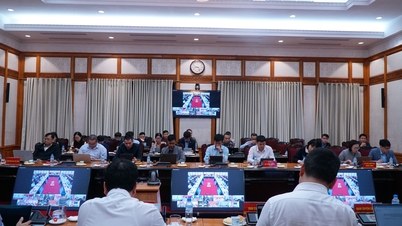

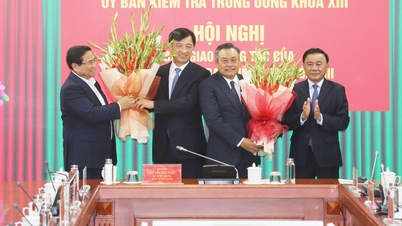

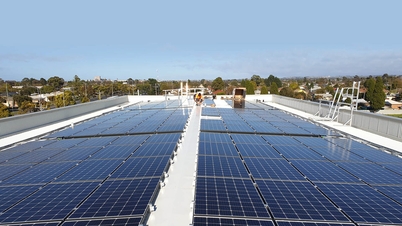


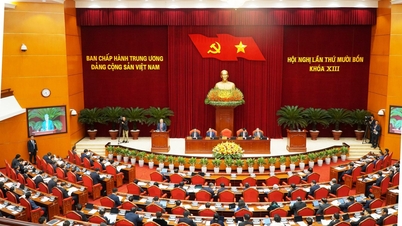
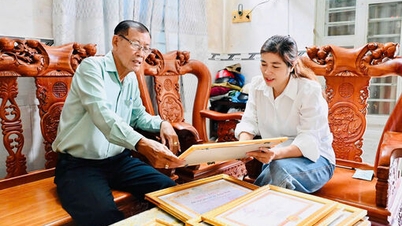






















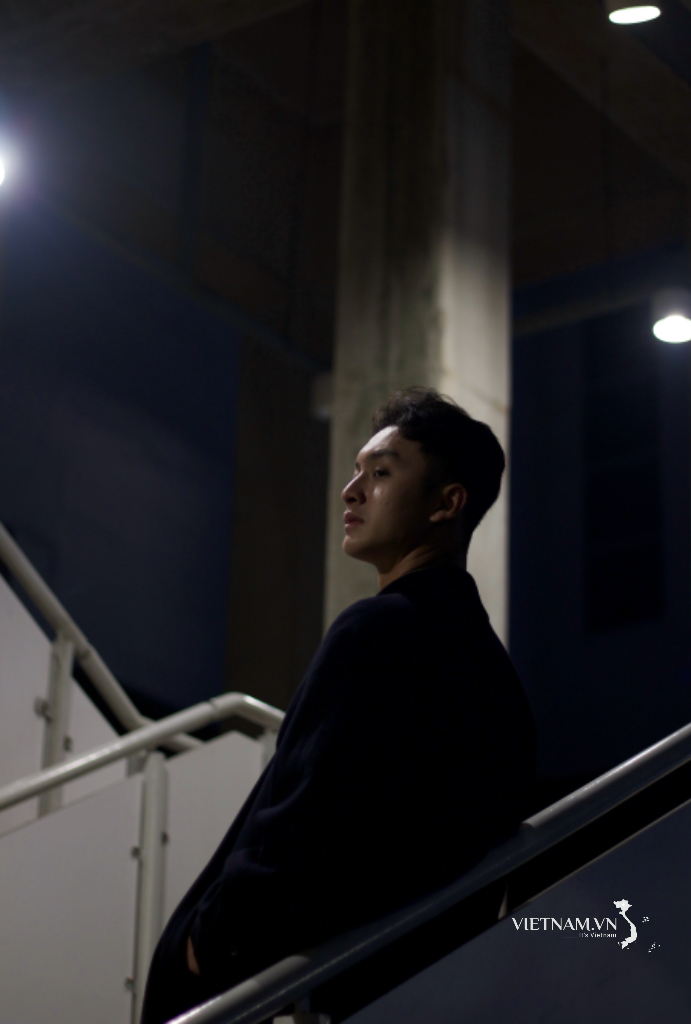
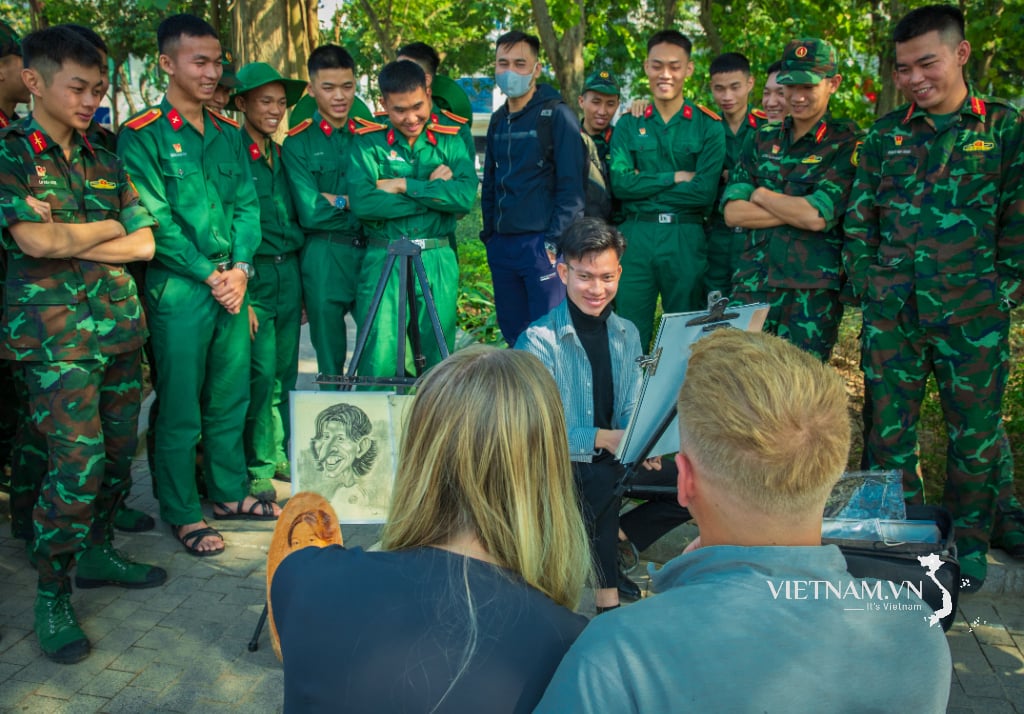

Comment (0)